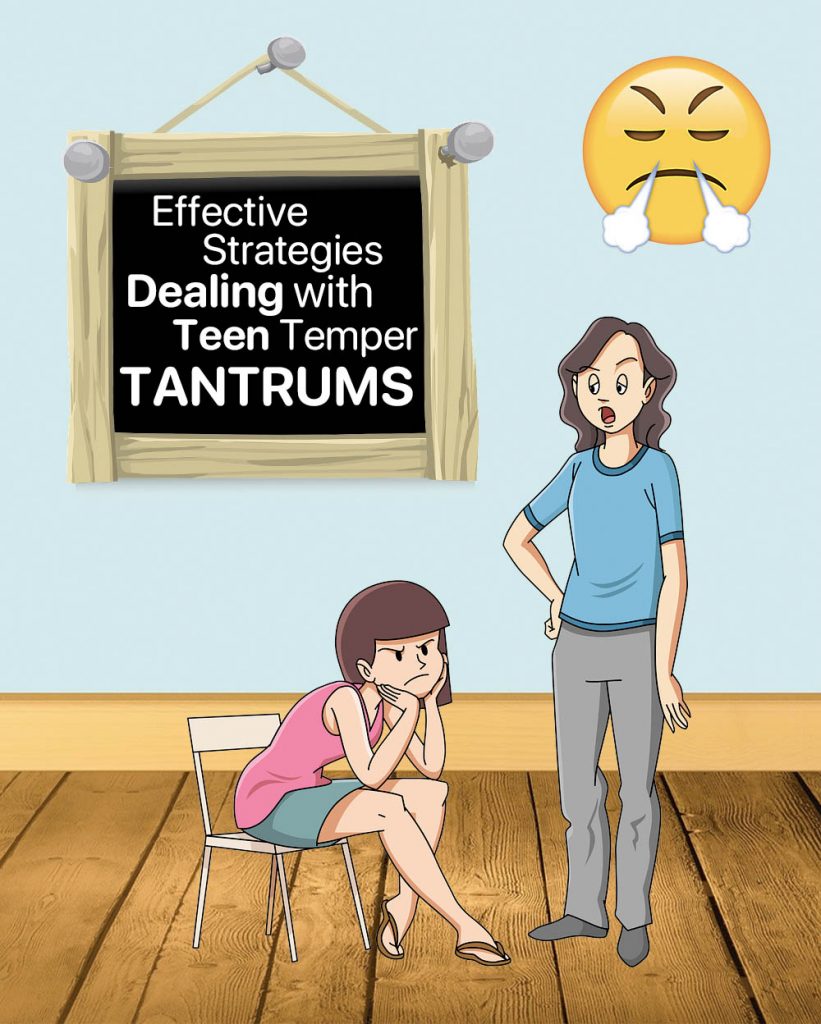Effective Communication Strategies For Dealing With Teenage Tantrums
The Teenage Tantrum Toolkit: How to Navigate the Emotional Rollercoaster with Calm and Clarity
Okay, let’s be real. Teenagers are like walking, talking volcanoes. One minute they’re cracking jokes and sharing memes, the next they’re erupting in a fiery torrent of teenage angst. And let’s face it, navigating these emotional eruptions can feel like walking a tightrope.
But fear not, fellow parents, guardians, and anyone else who finds themselves in the crosshairs of teenage tantrums. You’re not alone. We’re in this together, and I’m here to equip you with the tools to handle these situations with grace, understanding, and a healthy dose of patience.
Understanding the Teenage Brain: A Rollercoaster of Hormones and Development

Before we dive into the strategies, let’s take a quick detour into the fascinating world of the teenage brain. Remember those wild hormone surges we all went through? Well, they’re still happening, and they’re impacting everything from mood swings to risk-taking behavior.
The Science Behind the Storm:
- The Prefrontal Cortex: This part of the brain, responsible for executive functions like planning, decision-making, and impulse control, is still under construction during adolescence. It’s like a work in progress, which can explain those impulsive decisions and emotional outbursts.
- The Amygdala: This area of the brain, responsible for processing emotions, is highly active during adolescence. This explains why teenagers often react intensely to situations that might seem trivial to adults.
- The Limbic System: This system, responsible for basic drives like hunger, thirst, and sex, is also undergoing significant changes during adolescence. This can contribute to emotional volatility and heightened sensitivity.

The Good News: The teenage brain is incredibly adaptable and resilient. With the right support and guidance, teenagers can learn to manage their emotions and develop healthy coping mechanisms.
The Teenage Tantrum Toolkit: Strategies for Staying Calm and Connected
Now, let’s get practical. Here’s a toolkit of strategies you can use to navigate those emotional storms:
1. The Power of Active Listening: Hear Them Out
Remember the golden rule of communication: Listen more than you speak. When your teenager is in the midst of a tantrum, it’s tempting to jump in with advice or solutions. But resist the urge. Instead, show them that you’re truly listening.
- Make Eye Contact: Look them in the eye, even if it’s difficult. This conveys that you’re paying attention.
- Use Body Language: Nod your head, lean in slightly, and avoid crossing your arms. These nonverbal cues show empathy and understanding.
- Reflect Back: Paraphrase what they’re saying to show you’re listening. For example, "It sounds like you’re really frustrated about [situation]."
2. Validate Their Feelings: Acknowledge Their Experience
Teenagers need to feel heard and understood. Validating their feelings doesn’t mean you agree with them, but it shows that you’re taking their emotions seriously.
- Avoid Dismissing Their Feelings: Phrases like "Don’t be silly" or "Get over it" are counterproductive.
- Emphasize Their Perspective: "I can see why you’re upset. It must be really frustrating to [situation]."
- Offer Support: "I’m here for you. What can I do to help?"
3. Set Clear Boundaries: Establish Expectations
Teenagers thrive on structure and consistency. Clearly define your expectations and consequences for their behavior.